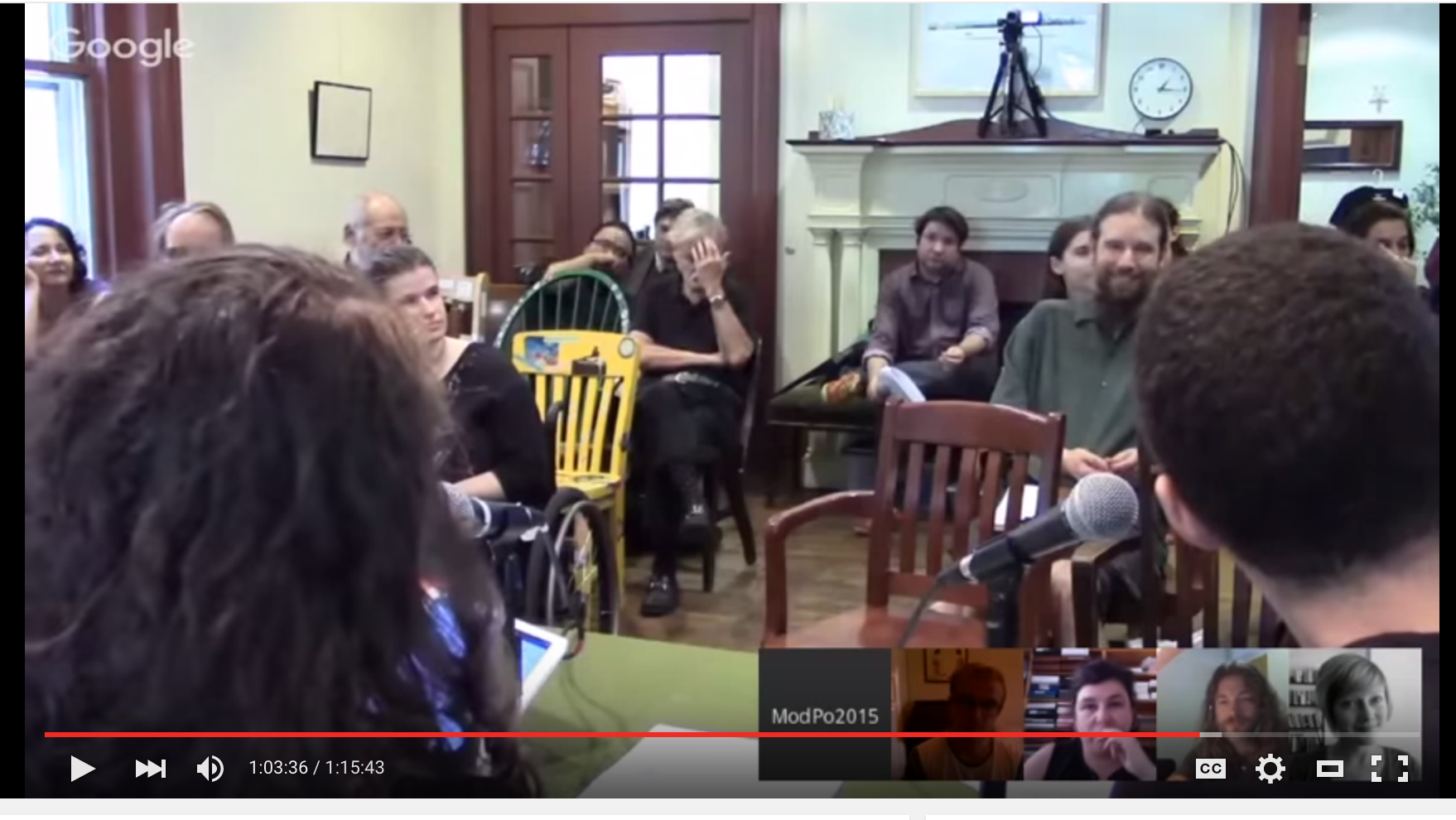
The Wikipedia article for "webcast" states that "webcasting usually refers to non-interactive linear streams or events" and that "essentially, webcasting is broadcasting over the internet." There is absolutely no reason for webcasts to be "non-interactive." You're doing yourself and your audience a disservice if this is the case. At the University of Pennsylvania, we've done dozens of interactive webcasts, trying many new tools along the way. We have gotten praise for being innovative, but we’re really just using new tools to be engaging in a tried-and-true old fashioned sense -- The tools to communicate and engage with an audience have changed but the underlying concepts haven’t. Here are some easy ways to engage your audience and make your webcasts interactive:
Social Media
People are already using social media all the time (including during your webcast). Even if your viewers are watching on their computer screens (and haven't relegated you to a background tab, as I often do while tuned into webcasts :) ), there's a good chance they're using their "second screens" (e.g. smartphones, tablets, etc..) simultaneously. Give them a place to chat about your webcast. Some places include:
- On Twitter via a specific Hashtag
- Your Facebook Page
- A Facebook Event Page
- Chat room
Have the host of the webcast mention these places on social media. Put the URLs or information on the screen during the webcast to encourage conversation. If you can, take questions or comments from social media and address them on-air. Viewers love seeing comments from social media reach the host and webcast.
Telephone Calls
It might seem old-school, but there's something simple and easy about taking phone calls from viewers during a live program. Talk radio stations across the globe are built on this premise. Telephone calls are convenient because viewers can call in from anywhere across the globe and ask a questions or make a comment. Have someone screen your phone calls before putting them "on the air" and be prepared to end the call if the caller gets out of hand. Have the host ask the caller's name and find out where in the world the caller is calling from. Viewers love having the option to have their voice heard by the webcast on air. Be sure the host mentions the phone number to the audience and advertise it on the screen occasionally to encourage viewers to call in with their questions and comments. Technically speaking, telephone calls can be taken through a number of means:
- Landline telephone with "phone tap" hardware
- Cell phone
- Google Voice
- Skype
In-Person Audience
If you can accommodate an in-person audience in your webcast space, it is a great opportunity for people to participate in the webcast -- and it looks great on camera. Television shows often have live studio audiences to capture reactions, ask questions or even simply to create a sense of interest and community. You can do the same with a webcast to create an engaging atmosphere.
Add new comment